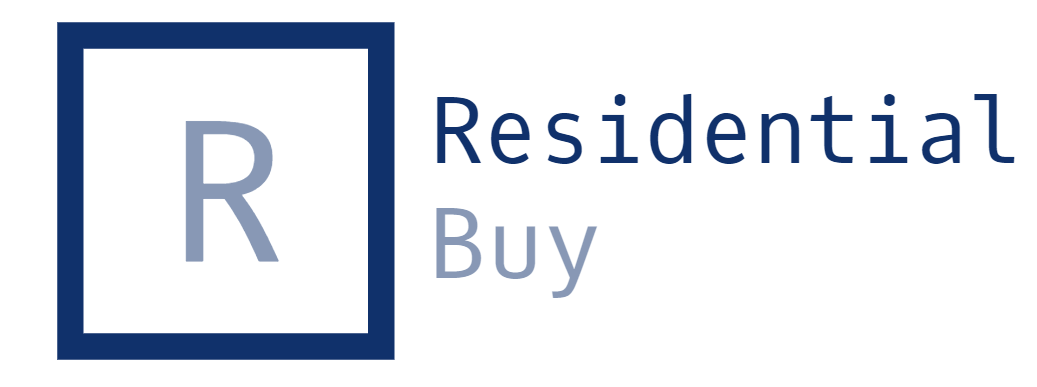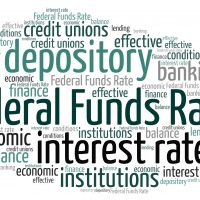Concrete is the most popular material for renovation projects, including patios and driveways. Concrete is often the ideal balance of durability and cost-effectiveness when compared to other choices. Modern solutions come in a variety of styles and colors to fit almost any design. Is there, however, equality among concrete products?
If mortgage rates rise by 100 basis points, housing costs may jump by $100,000

If you’re in the market for a new home, you may be feeling the pinch of higher mortgage rates. Rates have been on the rise in recent months, and they’re expected to continue to climb in the coming year.
There are a few things you can do to offset the impact of higher rates. One is to make sure you’re getting the best deal on your mortgage. Shop around and compare rates from a variety of lenders. Another option is to consider a shorter-term loan. A 15-year mortgage will typically have a lower interest rate than a 30-year loan, and you’ll pay it off sooner. You may also want to consider an adjustable-rate mortgage. These loans start with a lower interest rate that adjusts after a set period of time.
Finally, remember that even a small change in interest rates can have a big impact on your monthly payment. If you’re stretched thin, consider looking for a less expensive home. With mortgage rates on the rise, it’s more important than ever to be smart about your home-buying decisions.
Should you use an adjustable rate mortgage?
ARMs offer a lower interest rate for a set period of time, usually five, seven or 10 years. After that, the interest rate can change annually based on prevailing market rates. Most importantly for borrowers looking to capitalize on current low rates, ARMs offer the potential to pay less in interest over the life of the loan than a 30-year fixed mortgage.
While an ARM may seem like a good way to avoid paying too much in interest, there are some risks to consider. Most importantly, borrowers need to be aware that their monthly payments could go up if rates rise after the initial period. Borrowers should also be prepared for the possibility of having to refinance if rates jump too high.
For borrowers who are comfortable with a little risk and are confident they will be able to handle higher payments down the line, an ARM could be a good way to save money on their mortgage.
If you do choose an ARM, make sure you understand how it works. You don’t want to be surprised by a big jump in your monthly payment.
5/1 and 7/1 ARMs
With a 5/1 ARM, for instance, your interest rate is fixed for five years and then can adjust once annually for the remaining life of the loan. A 7/1 ARM works similarly, but the fixed period is seven years.
After the fixed-rate period ends, the rate on a 5/1 ARM could jump by as much as five percentage points over the life of the loan, while a 7/1 ARM could rise by seven percentage points.
Payments can also increase if your home appreciates and you have a loan with negative amortization, which allows your debt to grow.
With a 7/1 ARM, for example, you might pay a low introductory rate for seven years. Let’s say it’s 3%. If the index increases by 2 percentage points after five years, your new interest rate would be 5% plus the margin of 2.75%, or 7.75%. After six years, it would be 6% plus 2.75%, or 8.75%.
Your monthly payment would increase as well, since it’s based on the new higher rate. But because you have a fixed monthly payment for seven years, you’ll know exactly how much your mortgage will cost during that time.
Rates on ARMs are generally lower than rates on fixed-rate mortgages, at least at the beginning of the loan. So if you plan to sell your home or refinance before the rate adjusts, an ARM could save you money. Just make sure you understand how your loan works and what the risks are.
ARMs can be a good option if interest rates are expected to rise in the next few years, but you don’t plan on selling your home or refinancing right away. This type of loan can help you save money in the short term, but it’s important to understand the risks involved. Make sure you know how your loan works and what could happen if interest rates increase.
What the Jump in Mortgage Rates Means
According to a new study, recent hikes in U.S. mortgage rates may increase the monthly mortgage payment by hundreds of dollars, potentially bringing the total cost of a typical loan above $100,000 over the course of its term.
But there’s one way for borrowers to significantly blunt the hit of increases in interest rates: Refinance into a shorter-term loan. While 30-year mortgage rates have increased by nearly a percentage point since last year, to around 4.6%, shorter-term 15-year loans are only up about half as much, to an average of 3.8%, according to Mortgage News Daily.
That means someone who refinanced into a 15-year loan last year when rates were averaging 3.3% would only see their monthly mortgage payment increase by about $130, to $1,530 from $1,400.The difference in payments may not seem like much, but it can add up over time. Someone who keeps their 30-year loan at 4.6% would pay nearly $363,000 in interest over the life of the loan. But if they refinanced into a 15-year loan at 3.8%, they would pay $154,000 in interest — nearly $210,000 less.
In addition to saving on interest, borrowers who refinance into shorter-term loans also build equity in their homes more quickly. That can come in handy if they need to sell or borrow against the value of their home before the loan is paid off. Of course, refinancing comes with its own costs, including appraisal and origination fees that can add up to thousands of dollars. Borrowers also need to have enough equity in their home to qualify. But for many homeowners, the savings from refinancing into a shorter-term loan can be well worth it.
The average rate for a 30-year fixed-rate mortgage has climbed from 3.95% at the start of this year to 4.6% now, according to Mortgage News Daily. That’s still below the historical average of about 8%, but it’s a sharp increase from the record low of 3.31% reached in November 2012.Rates could go even higher if the Federal Reserve starts to pull back on its bond-buying program, as many economists expect it will do later this year.
The Fed has been buying $85 billion in bonds each month in an effort to keep rates low and spur economic growth. The Fed’s bond purchases have helped push down mortgage rates, but they’ve also had the unintended consequence of driving up home prices by making it easier for buyers to obtain financing. As a result, many would-be buyers have been priced out of the market, while others have been forced to take on larger mortgages than they otherwise would have.
Refinancing into a shorter-term loan can help borrowers avoid some of the pain of rising rates, but it’s not a cure-all. Borrowers who are already struggling to make their monthly payments will likely find that their situation only gets worse if rates continue to rise. And those who have adjustable-rate mortgages could see their payments increase sharply if rates rise as much as some economists expect.
But for borrowers who are financially secure and looking for a way to save on interest, refinancing into a shorter-term loan can be a smart move. Just be sure to shop around for the best deal and compare the costs of refinancing with the savings you’ll realize over time.
This article is intended to be general in nature and is not intended to replace professional advice. We recommend that you seek the help of a qualified mortgage professional before making any decisions about refinancing your home loan.



